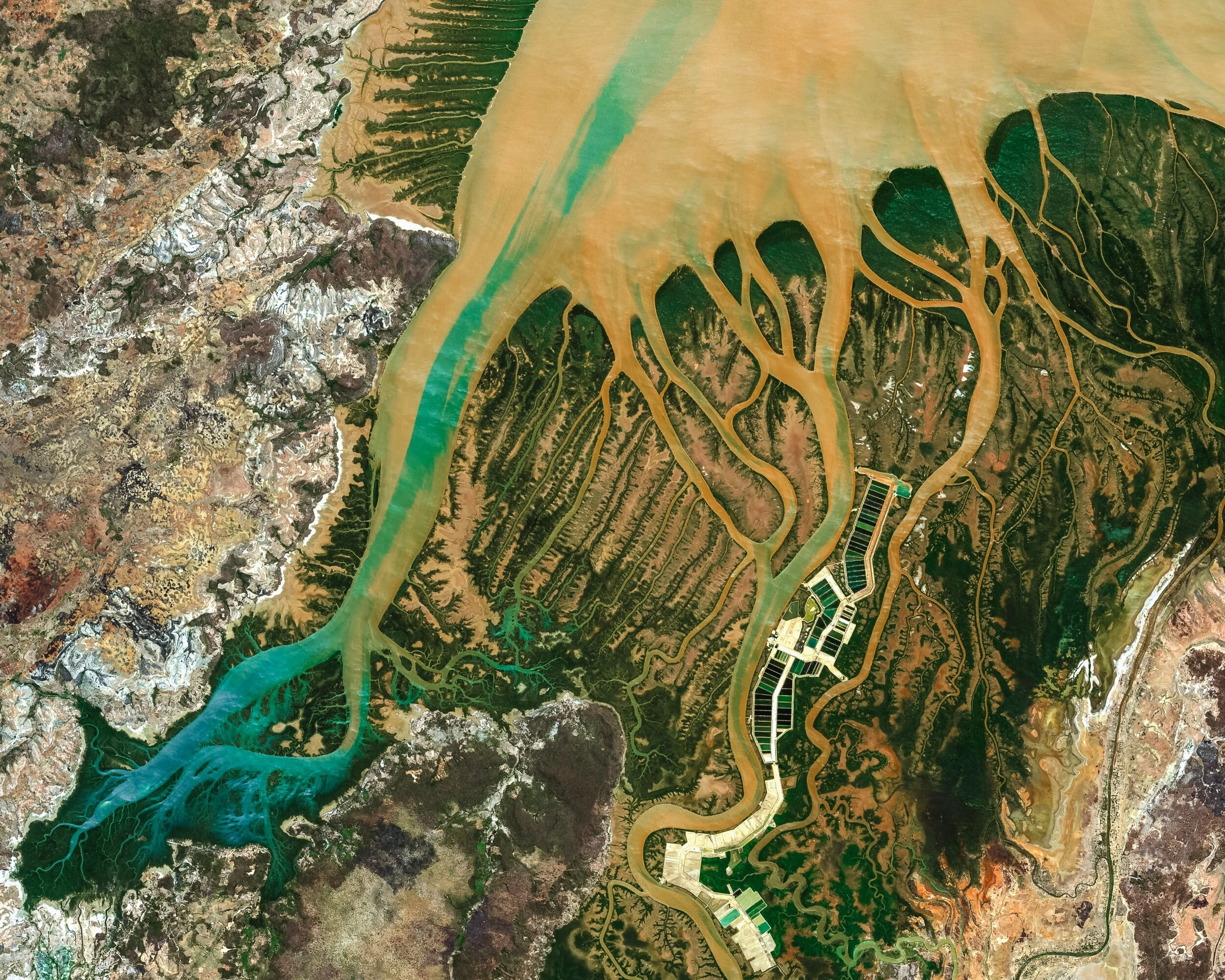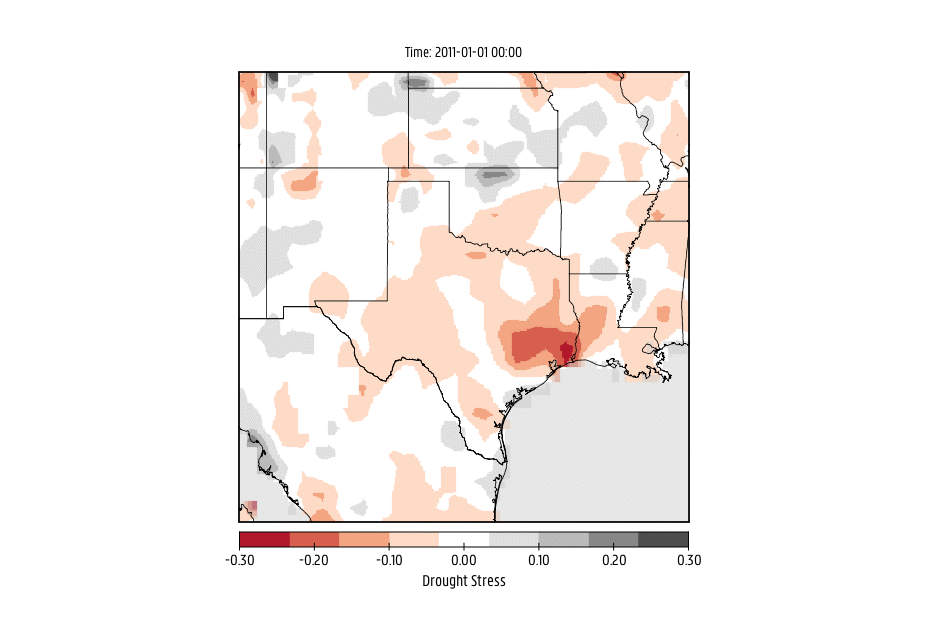
Selected Research
For a full overview of my research, please refer to my CV
Internet of Water
In 2018, VITO launched the project Internet of Water which will deploy 2500 sensors developed by Imec across Flanders to continuously monitor water quality. The dense infrastructure of such a network allows for unprecedented possibilities for new smart technologies and areas of research. Within this context, my role on the team is to develop and test case studies evaluating the potential of real-time flood, drought and salt water intrusion monitoring by combining hydrologic models with data assimilation and machine learning techniques. Pictured left is an example of my work using machine learning to scale grab sample measurements of electrical conductivity (an indicator of saltwater intrusion) to streams.
Transpiration Stress from Satellites
Biophysical feedbacks on climate are highly dependent on transpiration, which is mediated by vegetation phenology and plant responses to stress conditions. Solar-induced chlorophyll fluorescence (SIF) is a byproduct of photosynthesis: a small fraction of light that is re-emitted as a subtle glow of energy which can be detected via spaceborne satellites. Due to stomatal regulation, SIF and transpiration are inherently connected. The intensity of the SIF signal from satellite data can indicate various environmental stresses on vegetation, for example limited water, extreme temperatures or lack of sunlight. As part of the STR3S project, I developed a novel diagnostic for transpiration stress globally using satellite observations of SIF. Figure from Pagán et al., 2019
Drought Drivers and Legacy Impacts
Building on the work of STR3S and as part fo the DRY-2-DRY project which investigates self-propogration and self-intensifying effects of drought, I studied the ability of using SIF to disentangle various drivers of drought including soil moisture status and vapor pressure deficit. Pictured right is a preliminary figure demonstrating the ability of using SIF to evaluate the onset and offset of droughts, specifically for the 2011 Texas event.
Climate Change Impacts on Southwestern U.S. Water Supply Security
The Southwestern United States has a greater vulnerability to climate change impacts on water security due to a reliance on snowmelt driven imported water. In an integrative high-resolution ensemble modeling approach, Brianna examined near term climate change impacts on imported and local sources of water supply. While annual precipitation is projected to remain the same or slightly increase, rising temperatures result in a shift towards more rainfall, reduced cold season snowpack and earlier snowmelt. Overall, near future projected increases in the frequency and intensity of flood and drought events pose potentially severe challenges to water supply. Work was completed in collaboration with Loyola Marymount University and Oak Ridge National Laboratory. Figure from Pagán et al., 2016.
Photo by Mickael Tournier on Unsplash



